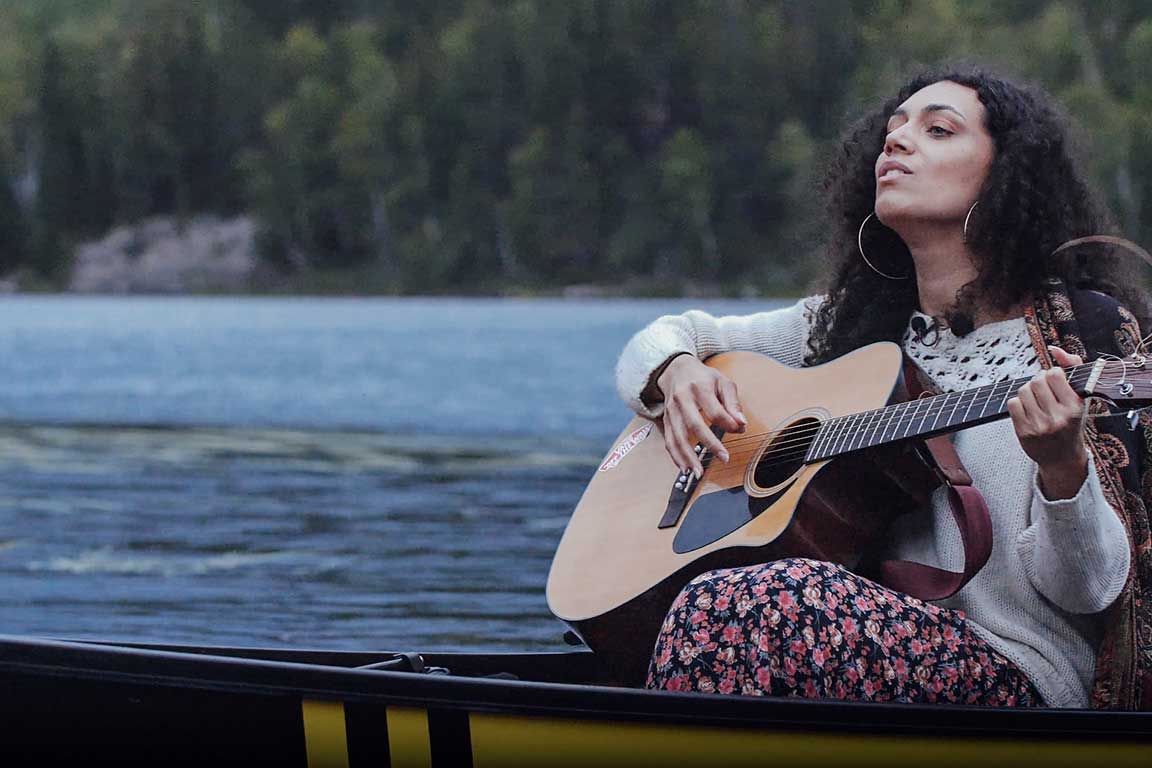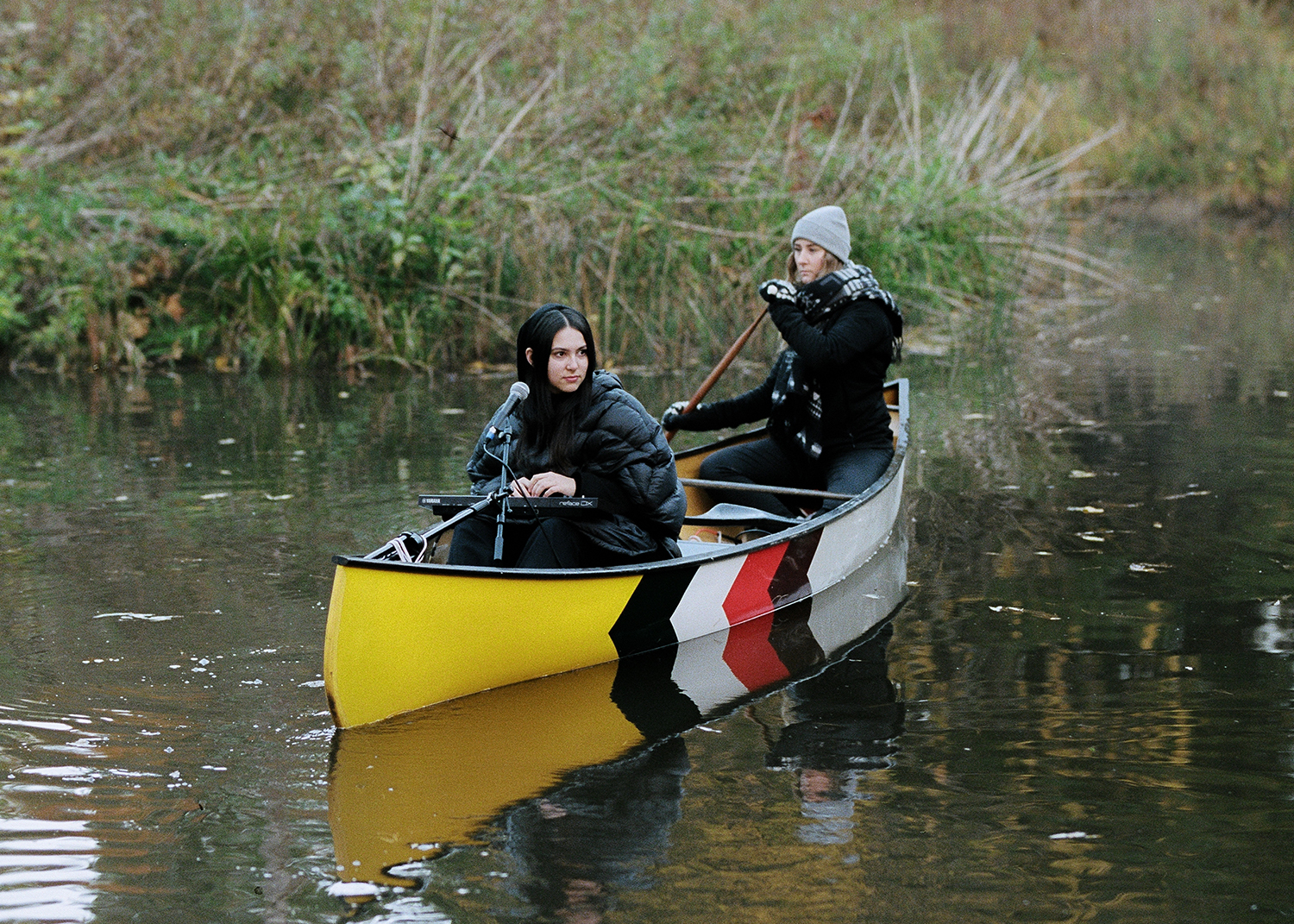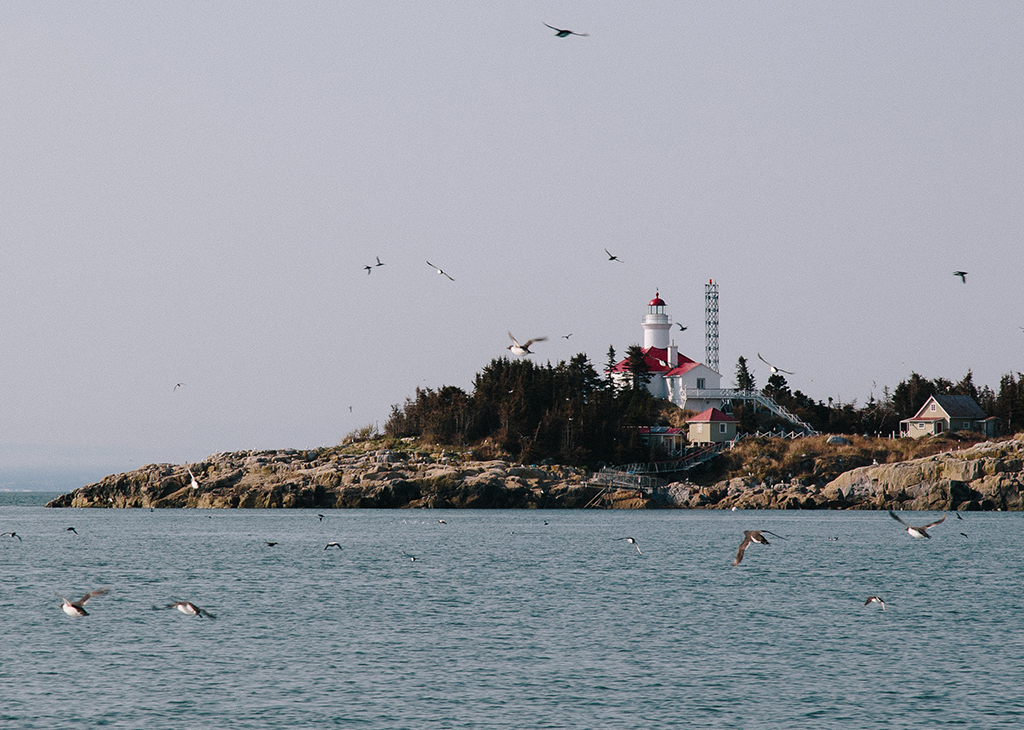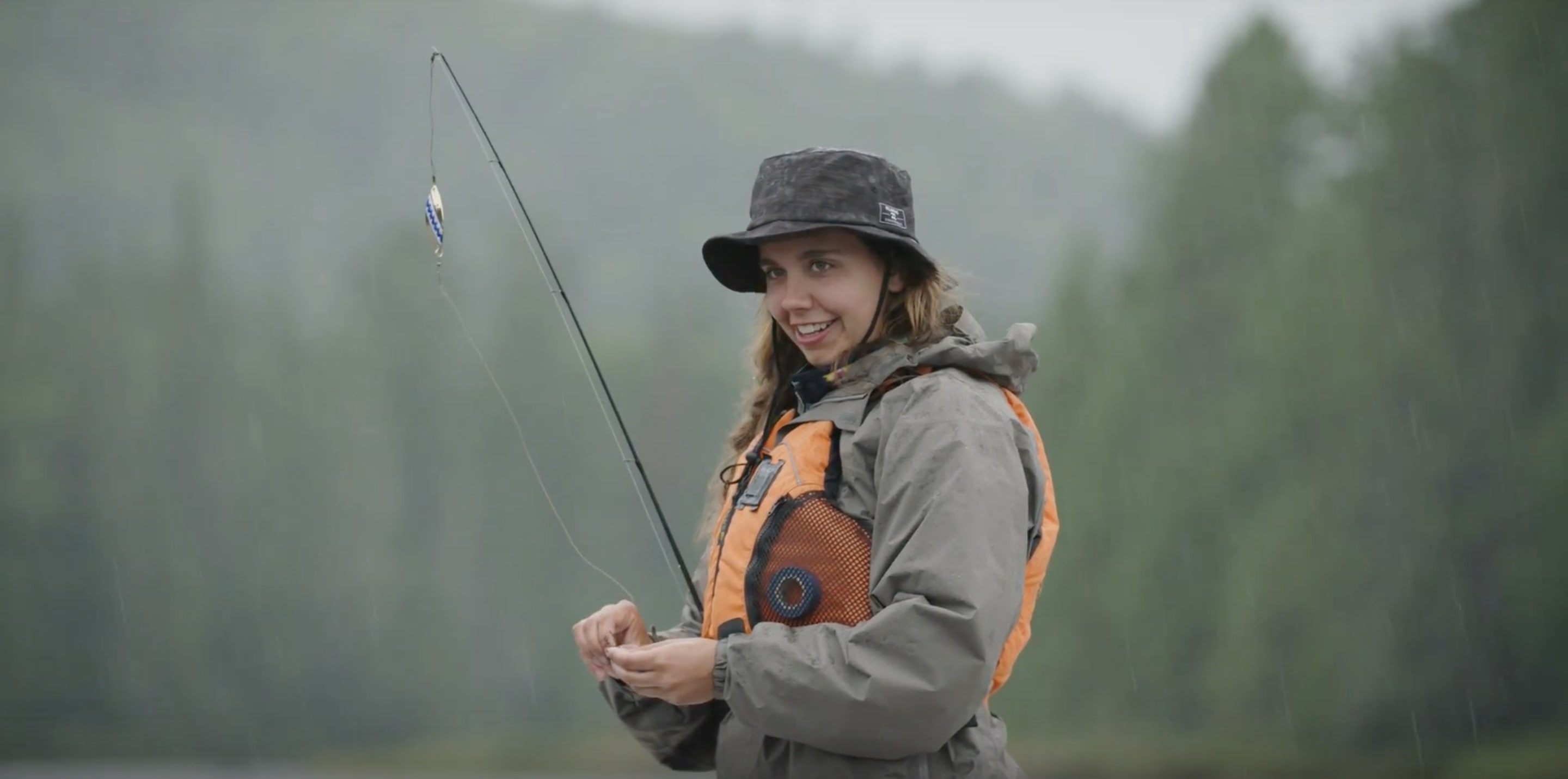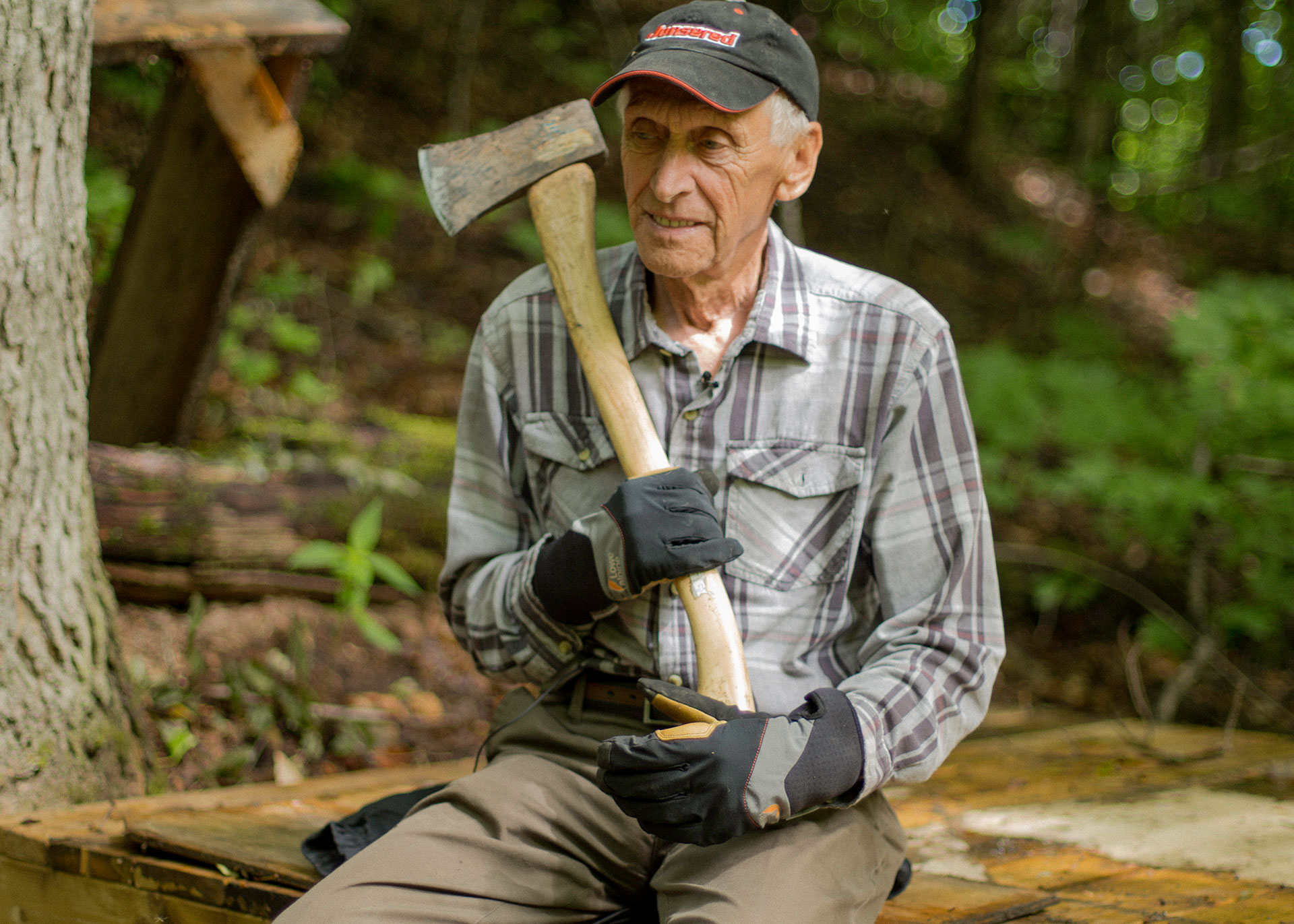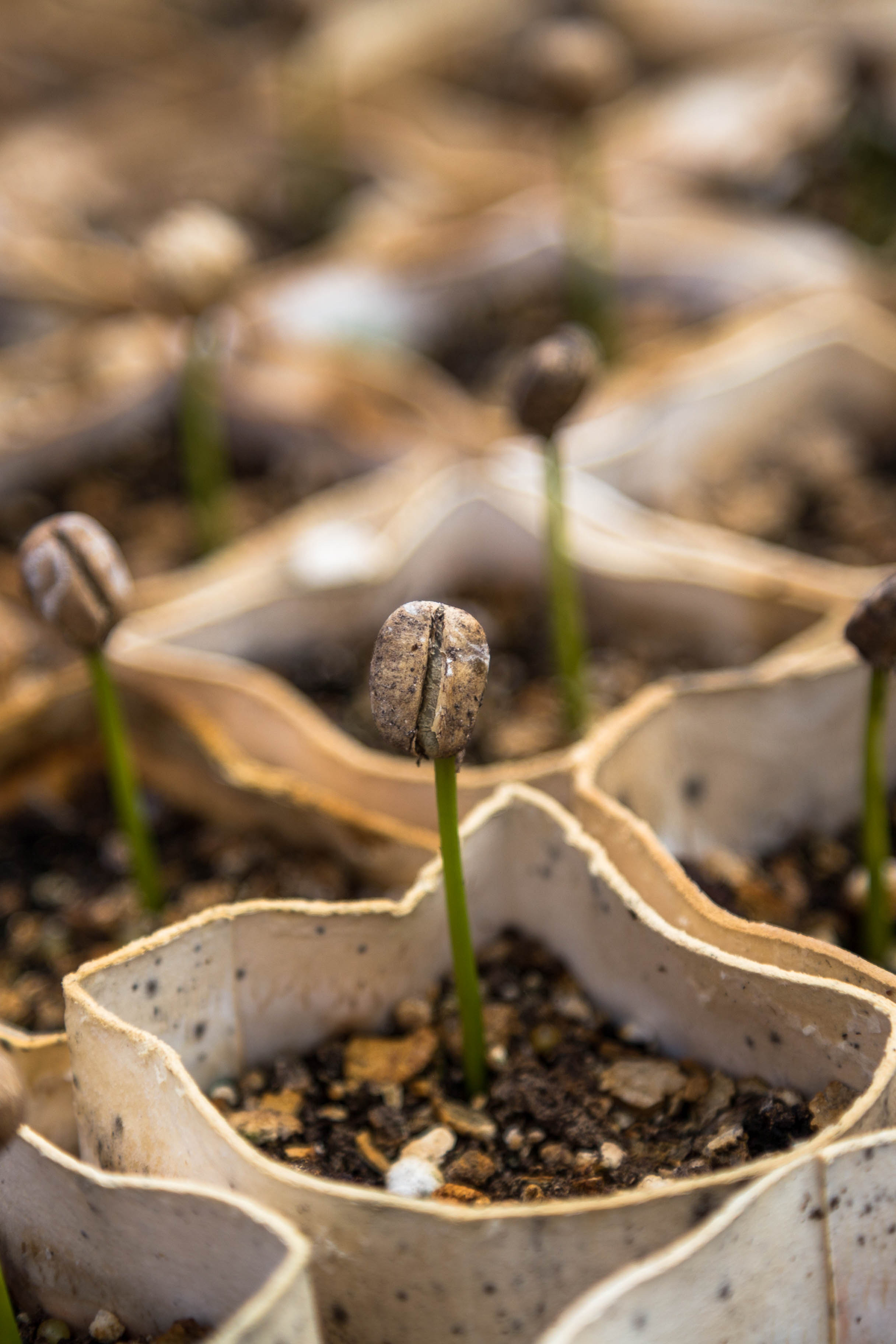BESIDE X TERRES D’AVENTURE
The Trip of a Lifetime
Once the unique preserve of scientists and explorers, Antarctica now receives tourists from around the world. Climate change has made the south polar continent more accessible, but to avoid disturbing this fragile ecosystem, adventure-seekers must choose their guides carefully.
Travellers take their first steps onto Antarctica in total silence. Only the wind greets them as they encounter the giant ice mass. Out in the open water, a humpback whale splits the surface, peacefully, while dozens of penguins—gentoo, royal, chinstrap, and Adélie—crisscross the shore. Snow-capped peaks point skyward, piercing the horizon line, where a thousand and one shades of blue form a vibrant polar palette.
“There’s nowhere else like it!” smiles Jad Haddad, director of Terres d’Aventure Canada. For a few years now, the travel company specializing in adventure tourism has offered a series of trips into the heart of this snowy region. “Nothing is on the human scale here: Antarctica is larger than life, and remains to this day one of the rare nearly intact territories on the planet.”



Situated at the far end of the southern hemisphere and isolated by perilous maritime corridors, the Antarctic Peninsula is not easy to access. Exploration of this area is fairly recent; contemporary expeditions only date back to the beginning of the 20th century. “The journey to get here is mythic in itself,” Haddad tells me, with eyes shin- ing. “You’re following in the footsteps of famous explorers.” These include the famous French captain Jean-Baptiste Charcot, who is credited with the first scientific overwintering offshore from the Antarctic continent.

Land of learning
In the eyes of the seasoned traveller, “You have to work for Antarctica.” To get there you must first travel to “the ends of the earth,” or Ushuaia, in Argentina. There, at the knife-edge of the Tierra del Fuego, more than 6,900 miles [11,000 km] from Montréal, globetrotters board a small expedition ship with only 100 seats for a two-day crossing on a sea known to be pretty rough. “It’s not an easy trip,” the director tells us. “But the crew is experienced and knows the different routes to take. Also, since the control room is accessible most of the time, people have the chance to understand how things work, which can help ease their sense of security.”
It’s so much more than just a tourist experience; this journey is an unparalleled opportunity to get a first-hand glimpse of the direct consequences of climate change.
he ship functions somewhat like a base camp. A site of enriching encounters, it’s where passengers meet each other, as well as teams of experienced guides with eclectic backgrounds in subjects ranging from glaciology to political science, biology to oceanography. These are the experts who accompany passengers on their forays onto the peninsula—two Zodiac incursions per day, in fact—allowing travellers to experi- ence all of the polar treasures Antarctica has to offer: icebergs lit up by the setting sun, families of orcas, and more.
Throughout the adventure, guides share themed presentations, shining a light on this unique, misunderstood territory and emphasizing both the fragility and vitality of its ecosystem. “In addition to offering privil- eged access to this majestic place—on foot, by kayak, and even diving—this trip is the site of unparalleled discussions,” adds the director of Terres d’Aventure Canada. “Antarctica attracts travellers who are curious, who are hungry for discovery. For many, it’s an experience they’ve dreamt about all their lives.”

A necessary balance
“You don’t go to Antarctica to check a destination off your bucket list,” adds Laura Mony, a geologist by training and expedition guide since December 2018. “It’s a journey that few people can afford, so in general, they already have a strong interest when they go, and they return completely transformed.”
It’s so much more than just a tourist experience; this journey is an unparalleled opportunity to get a first-hand glimpse of the direct consequences of climate change. Situated at the confluence of every major marine current on earth, Antarctica is one of the rare places where we can observe the planet changing in real time, whether that’s permafrost and icebergs melting or the disappearance of mass penguin colonies.



Mony studied these phenomena herself. “Does it mean we shouldn’t go there anymore?” she ponders thoughtfully. “I don’t think so. We should, rather, choose who we go with, and opt for companies like Terres d’Aventure, who operate in an ecologically responsible manner.” The organization is mindful, for example, of respecting the tour- ist quotas of each site. They also filter and reuse the waste water on board their ship in order to avoid releasing contaminants into the ocean. “No one returns from Antarctica indifferent,” insists Haddad. “To witness its immensity at the same time as its tremendous vulnerability is, in my opinion, an excellent way to open our eyes to the fragility of the world.”
Terres d’Aventure has been offering passionate travellers the chance to discover the planet differently since 1976. With the largest available selection of adventure tours in French (since 2012 when they expanded to Québec), Terres d’Aventure supports an eco-responsible and carbon- neutral approach. Their tours focus on gentle exploration by walking, to help tourists truly understand each destination on a human scale. One of the first companies to offer trips to Antarctica, they now offer a dozen different trips to the region. Terres d’Aventure is a member of the International Association of Antarctica Tour Operators (IAATO).





